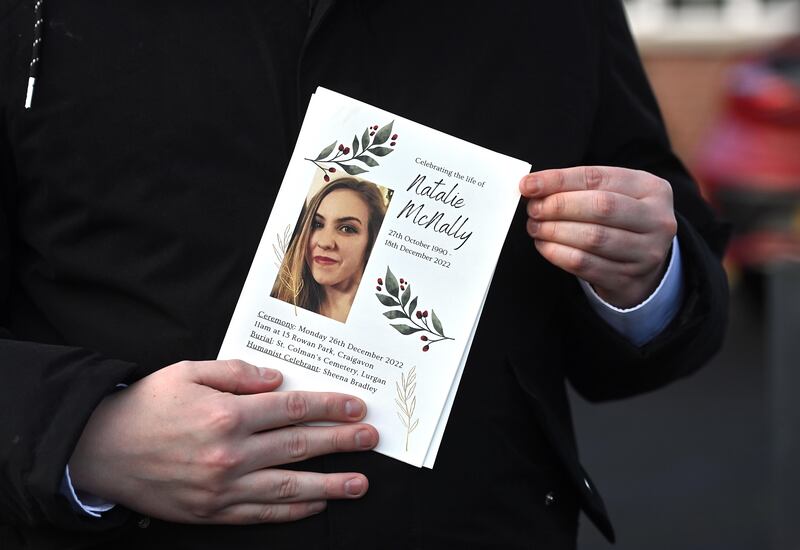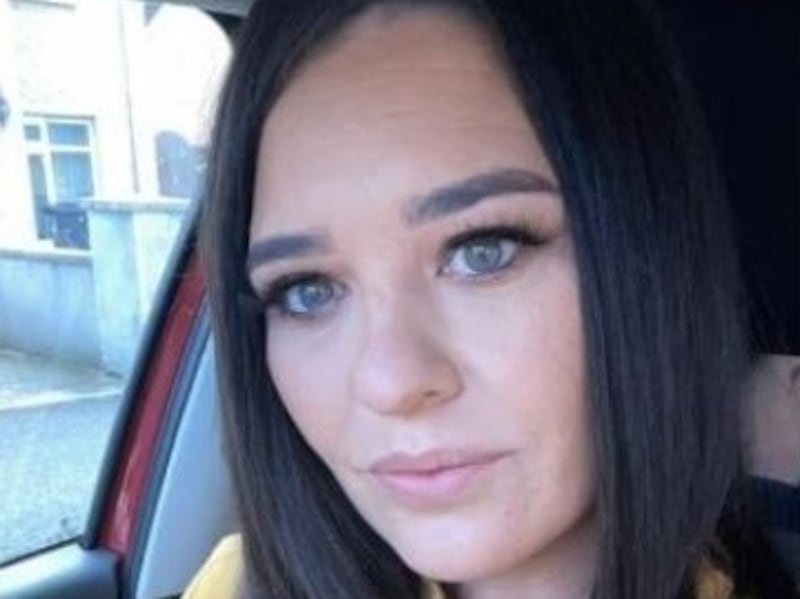This has been a dark and troubling year in many ways. A year of war. Of shortages. Of cold houses and long queues for food vouchers. Pandemic hangovers and record numbers of trolleys on hospital corridors. Spiralling homelessness and migrants sleeping in tents. People seeking safety who are met, in some places, with angry faces and placards.
It was an especially harrowing year for women too. The steady thrum of anxiety we feel about our safety is not new. But to many of us, this year felt like a particularly dark and dangerous period.
It was not our imagination. From the dawning days of the year it has been a bleak time for violence against women. On the afternoon of January 13th, a luminous young woman came home from her job as a primary schoolteacher and went out for a run. By teatime, she was dead. That woman was Ashling Murphy. A man will go on trial for her murder next year, so for now, no more can be said about it.
But looking back from the other end of the year – remembering the heartbreaking ordinariness of what she was doing that day – it seems like a portend of the year to come. A month later, there was another killing of a woman; this time a senseless, stupid, tragic accident. Thirty-four-year-old Sandra Boyd was shot at home when her brother Derek inadvertently discharged a firearm. He was jailed for two years earlier this month.
READ MORE
Almost every month in 2022 brought another harrowing story. Another body found, more lives shattered, more headlines, more men on trial or imprisoned for shocking violence against a woman who trusted them. In April, a woman in Mary Bergin – known as Maura – was found dead in her home in the north inner city. She was, neighbours said, a “good old-fashioned Irish mammy” in her 80s. The same month, Gavin Murphy was sentenced to life imprisonment after pleading guilty to the murder of his partner, Jennifer Poole. Her brother Jason said afterwards that his sister “lived in fear” of Murphy.
In all, says Women’s Aid, which has been publishing a femicide watch every year since 1996, 11 women died in violent circumstances this year

Even as we published, the toll would continue to climb – that very same week, another woman was found dead at home in Limerick. Louise Muckell had been the victim of a brutal assault, though the cause of her death was not clear.
In all, says Women’s Aid, which has been publishing a femicide watch every year since 1996, 11 women died in violent circumstances this year. This makes 2022 the worst year in a decade for violence against women. It hasn’t come out of the blue. The organisation warned earlier in the year that more than 25,000 contacts were made to it last year. Through those calls and online chats, women made disclosures of assaults with weapons, of humiliation and threats of violence, of their intimate images being shared online without consent, of having no access to their own money. Of rape. In September, gardaí released new figures which showed that the majority – 52 per cent – of murders in Ireland in 2021 had a domestic abuse motivation.
Domestic and gender-based violence needs to be treated like the societal emergency it is
So much terror and carnage. But if it was a grim year, it was not a hopeless one. The shocking record of violence against women precipitated a long-overdue conversation at national level about what must happen now. Women were absolutely clear about what we didn’t want. No more platitudes. No more “helpful” hints on how to keep ourselves safe. No further advice required on using apps or location trackers so that it will be easier to find our bodies if we are murdered.

The Women’s Podcast 2022 Review
2022: It was the year that Russia launched their attack on Ukraine, the women of Iran and Afghanistan continued their fight for freedom and the entire country mourned the death of 24-year old Aisling Murphy in Tullamore. The Irish women’s football team won their place in the upcoming World Cup, Roe V Wade was overturned and the Wagatha Christy trial finally made it to court. To review the very best and worst bits of the last twelve months, Róisín Ingle is joined by Irish Times columnist Jennifer O’Connell, journalist Alison O’Connor and Iranian academic Mahya Ostovar.
By the summer, the good intentions had coalesced into something more concrete, in the form of a third national strategy on gender-based violence. Minister for Justice Helen McEntee promised an action plan aimed at ensuring “zero tolerance”, which will involve doubling refuge spaces and teaching children from an early age about respect and healthy relationships. She has also promised better training for gardaí and courts staff who come into contact with victims.

There was a sense too that the other 50 per cent of the population were finally taking a stake in this discussion. The good men who have not tended to see themselves as part of the problem realised that, like it or not, we are all part of it. For too long, we’ve hidden behind the stereotype of men who commit violence as rare and dangerous anomalies, or that appalling cliche of the good man who snapped. But the truth is that they are formed by and in a society that normalises low-level forms of harassment and violence – and then professes itself at a loss to understand when it escalates.
Today and tomorrow are among the most dangerous times of all for women worldwide, thanks to a toxic combination of alcohol, money worries, high expectations, people taking stock of life and forced togetherness. In Australia, for example, crime statistics agencies and police forces say there are significantly more family and domestic-violence incidents reported on New Year’s Day. These are not “private matters” best dealt with in the home. Domestic and gender-based violence needs to be treated like the societal emergency it is.
Even as I write, police in Lurgan are launching an investigation into the death of 31-year-old Natalie McNally. Fifteen weeks pregnant, she stabbed in her home. And in late December, a 36-year-old man was charged with the murder of Sharon Crean, the mother of a 2½-year-old boy, at her home in Mountmellick. Another small child left to face a new year without his mother.














